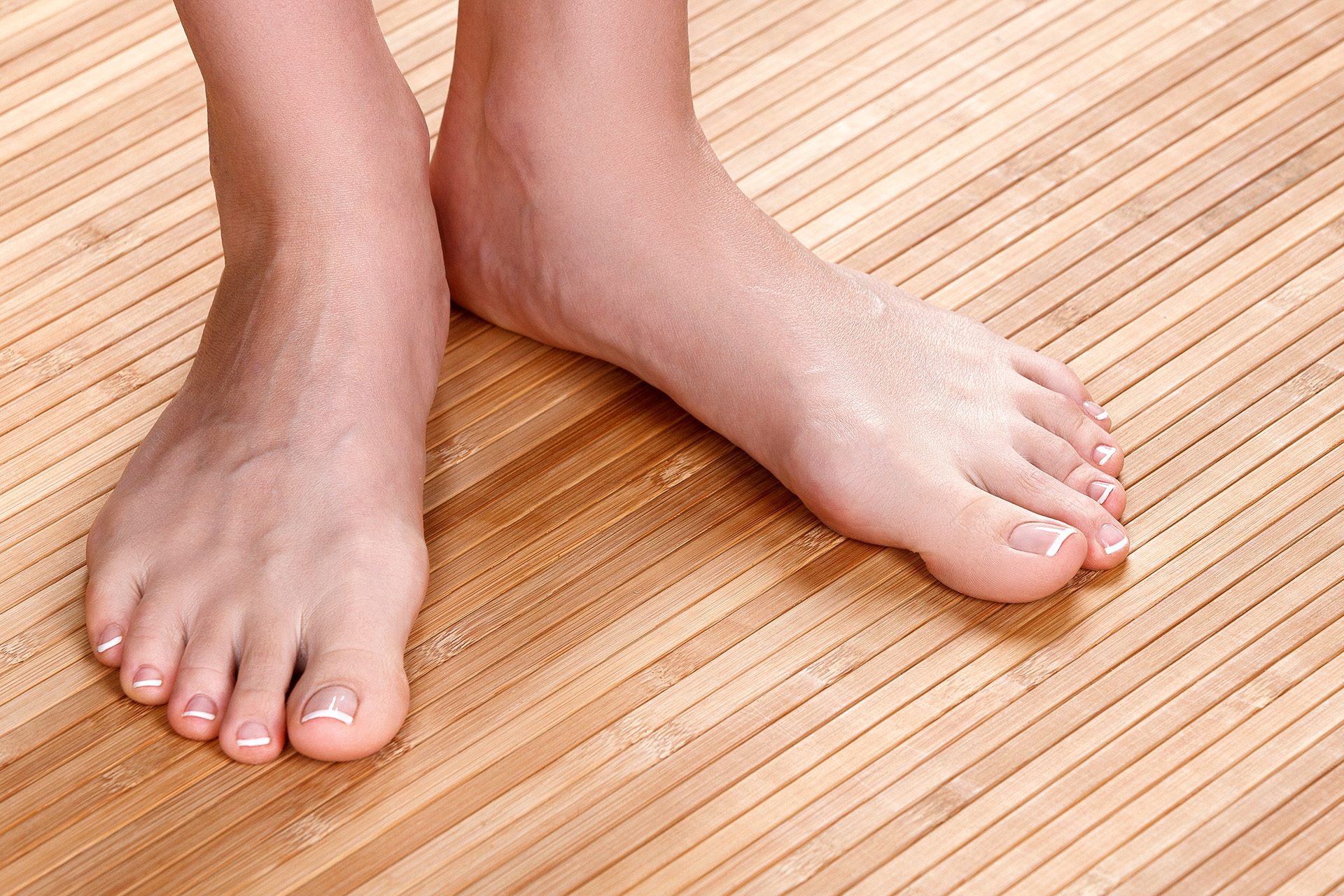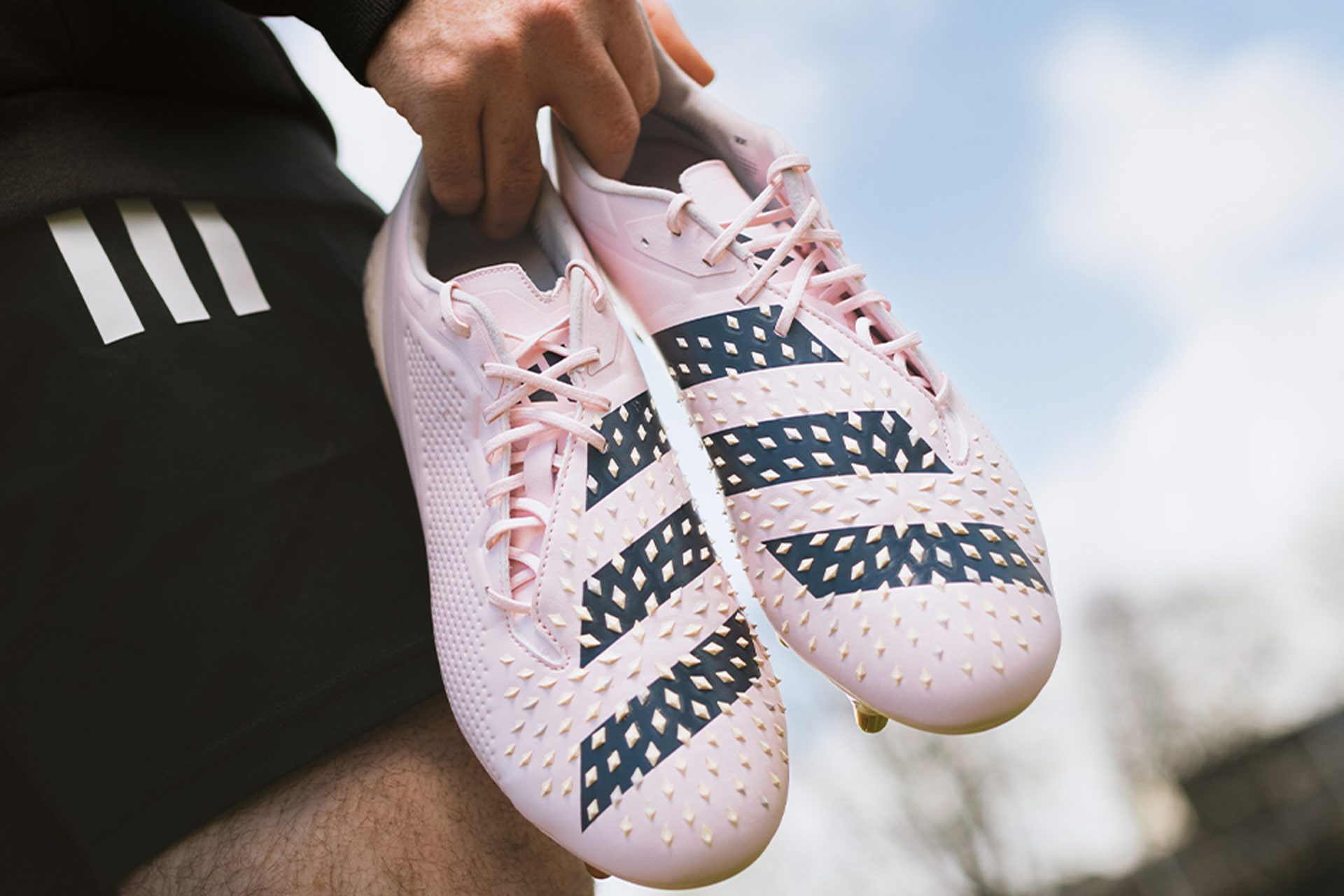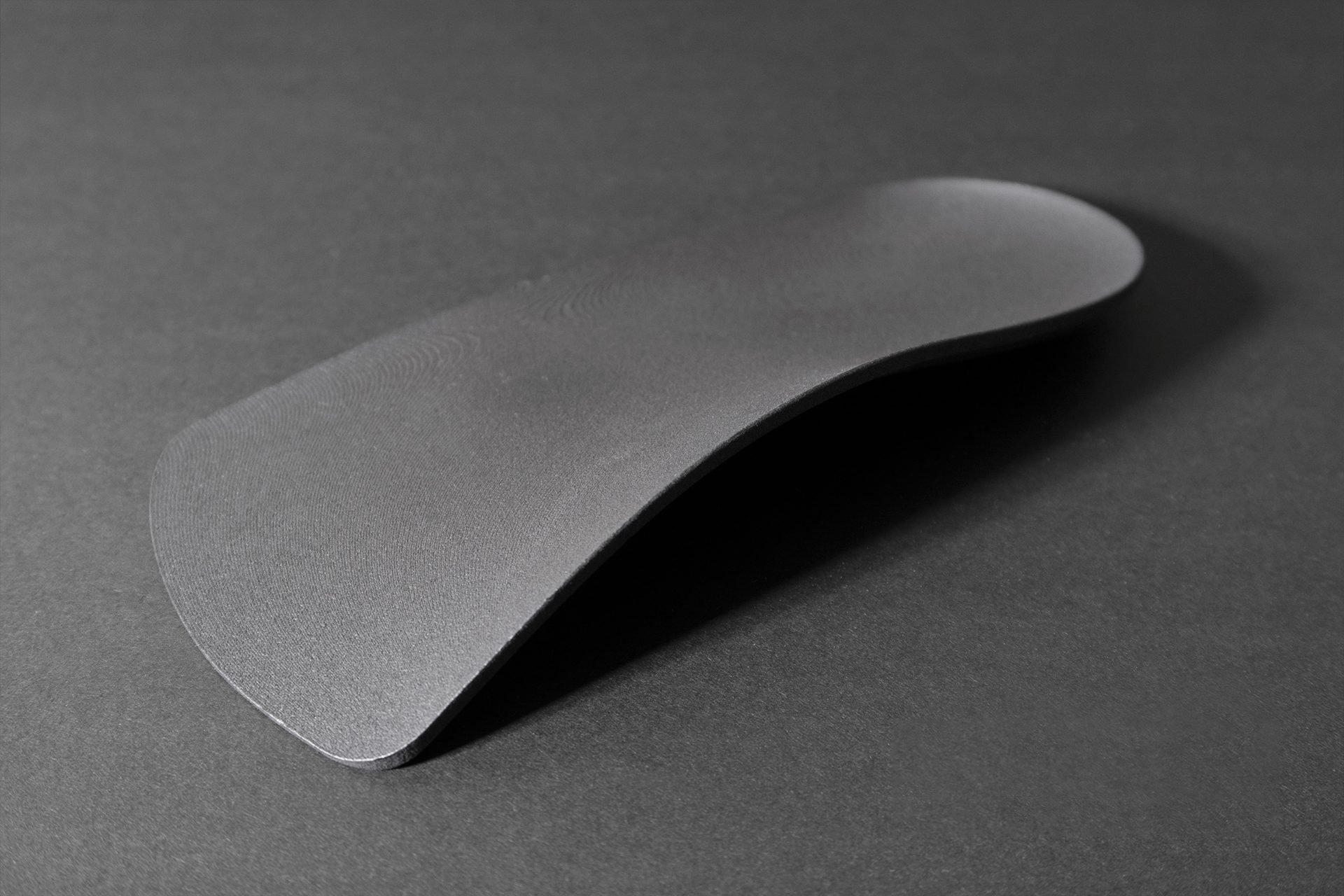Training smarter helps to boost performance and reduce the risk of injuries. As athletes, we’re more predisposed to injuries – it comes with the territory, especially when we continue to push ourselves forward. A little-known and often misdiagnosed injury is peroneal tendonitis. While not as common as Achilles tendonitis, it can be just as aggravating. If you’ve Googled around and can’t pinpoint exactly what’s causing your pain, then maybe it’s time to learn more about peroneal tendonitis and its symptoms.
Peroneal Tendonitis Treatments
To effectively treat peroneal tendonitis, a podiatrist must first accurately diagnose the condition and understand the factors contributing to increased stress on the peroneal tendons, the muscles that form the outside of your lower leg.
At The Foot Practice in Singapore, our specialised podiatrists ask patients to describe how the injury occurred, ensuring a proper diagnosis. We may recommend the following conservative peroneal tendonitis treatments to reduce pain and promote healing:
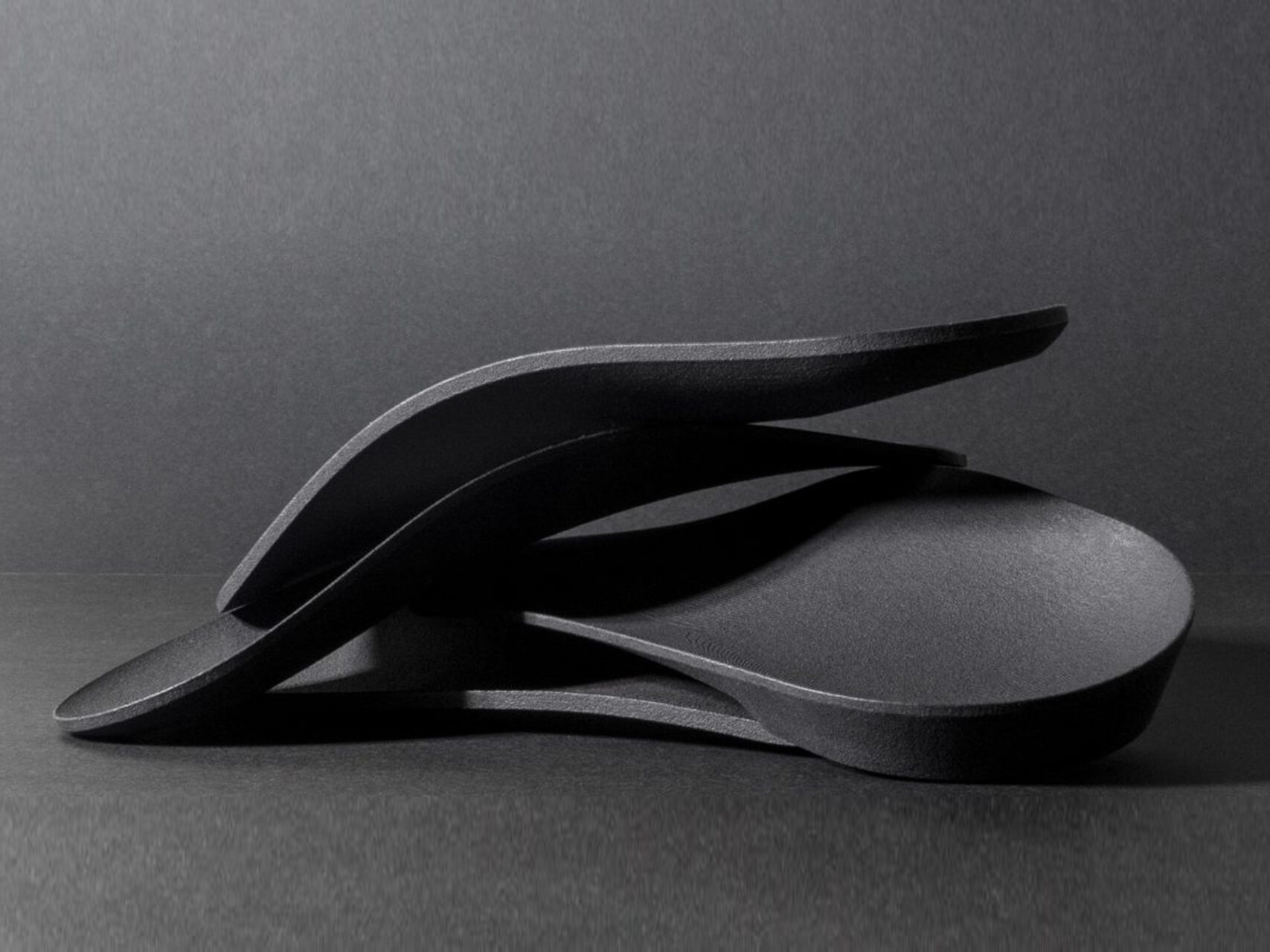
- Custom-Made Orthoses provide the correct support for the foot structures, addressing arch height and adjusting misalignments like overpronation. This approach helps rehabilitate existing peroneal tendon injuries and prevent future occurrences.
- Foot Mobilization Therapy improves foot function and joint mobility, enhancing ankle stability and potentially benefiting knee function.
- Podiatric Exercise Programmes are personalised to strengthen muscles, improve flexibility, and correct biomechanical imbalances specific to each patient’s needs.
- Shockwave Therapy induces the formation of new blood vessels through neovascularisation, stimulating the release of growth factors like proteins that promote tissue healing.
- Footwear Assessment and Recommendations are crucial for recovery and prevention. Our expert podiatrists can help you choose shoes that limit pronation and abduction, supporting your recovery.
- Peroneal Tendonitis Recovery Exercises are incorporated into your treatment protocol to target the affected area and surrounding structures.
Recovery from peroneal tendonitis can take anywhere from a few weeks to several months, depending on the severity of the condition and adherence to treatment. Factors affecting recovery time include the extent of tendon damage, the patient’s overall health and fitness level, and compliance with treatment and rehabilitation programmes.
Causes of Peroneal Tendonitis
A podiatrist typically diagnoses peroneal tendonitis through a comprehensive evaluation. This begins with a physical examination, which includes palpating the affected area to identify areas of pain, swelling, or tenderness. The podiatrist will then assess the ankle’s range of motion and strength, comparing it to the unaffected side if the condition is unilateral.
Imaging tests may be ordered to confirm the diagnosis and rule out other potential conditions. These can include magnetic resonance imaging (MRI) or ultrasound, which provide detailed images of the soft tissues and can reveal the extent of tendon damage or inflammation. This multi-faceted approach ensures an accurate diagnosis, allowing for the development of an appropriate and effective treatment plan.
Peroneal tendonitis is often caused by:
- Overuse in sports involving repetitive ankle motion (e.g., running, basketball, tennis)
- Sudden increase in training intensity or duration
- Poor foot biomechanics or high arches
- Improper footwear
- Previous ankle injuries leading to instability

Peroneal tendonitis foot pain is often difficult to diagnose because the symptoms mimic those of other conditions, such as plantar fasciitis or a peroneal sprain. However, it could also be a more serious condition, like a peroneal tendon tear. If the tendon injury is left untreated, it can lead to chronic peroneal tendonitis or even a rupture!
Peroneal Tendonitis: A Common Sports Injury
A large percentage of sports-related injuries are related to overuse and involve tendinopathy, like a peroneal injury. The peroneal tendons work to keep the foot stable and bear our weight. Peroneal tendonitis treatment typically addresses the degeneration of the tendon tissue from repetitive movements rather than inflammation. It can be a chronic overuse condition or result from acute trauma due to ankle instability.

Most people with peroneal tendon pain will feel discomfort on the outside of their ankles or feet when they walk or run. Patients with higher arches seem at increased risk, as this arch type places more tension on the lateral tendons. Peroneal tendonitis is often found in patients with chronic instability on the outside of their ankles.
Peroneal tendonitis symptoms may occur in one leg only, but the muscle group is susceptible to degenerative overuse with too much load. When a runner’s speed increases from a jog to a faster pace, more demand is placed on the peroneus brevis muscle to compensate as the ankles work harder to stabilise the load. The ongoing microtraumas lead to overuse injury as orderly collagen strands become dishevelled. This causes the area to swell, become red, and feel warm.
Peroneal Tendonitis or Plantar Fasciitis
While both peroneal tendonitis and plantar fasciitis are common foot conditions that can plague runners, they’re distinct issues that require different approaches.
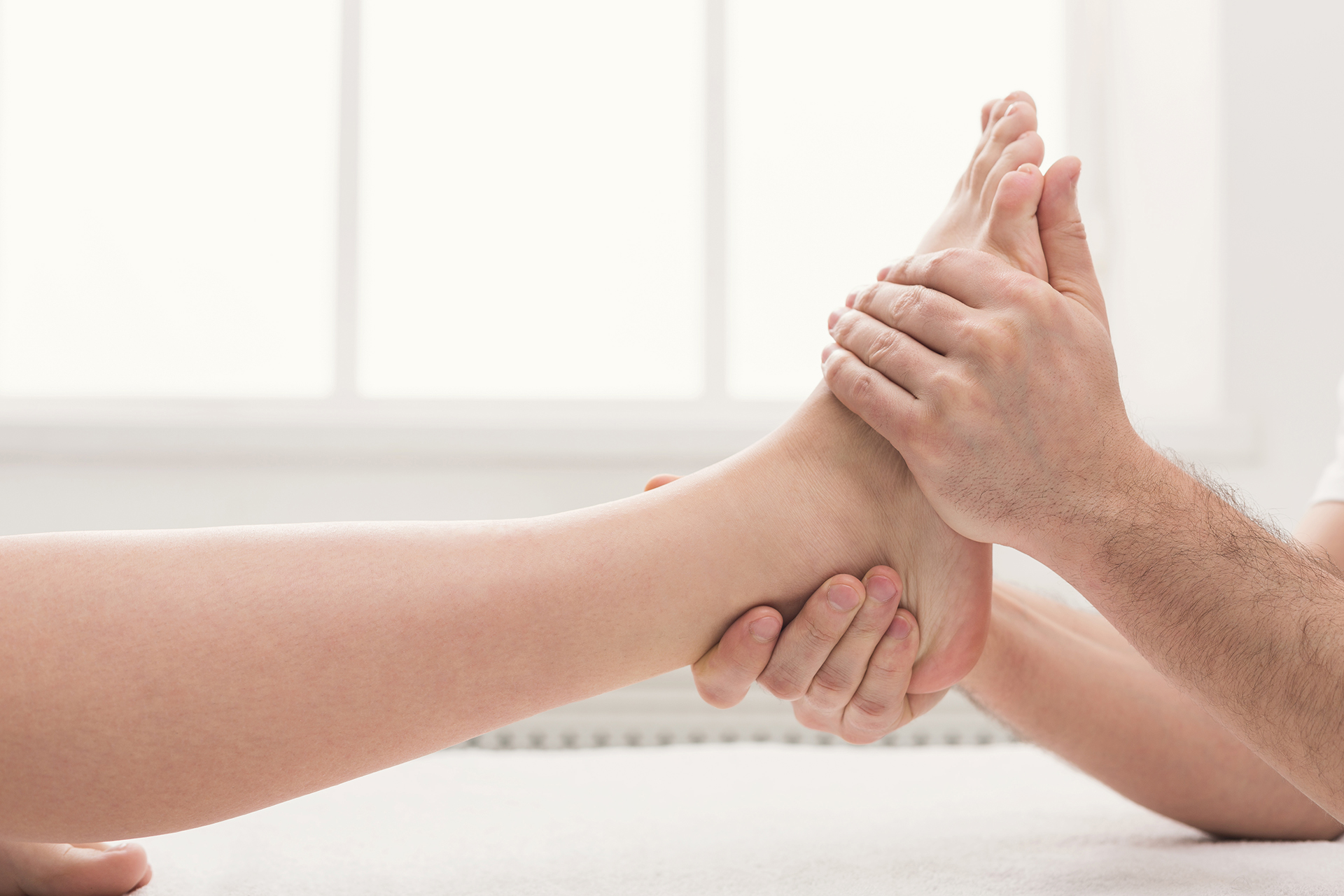
Peroneal tendonitis affects the tendons on the outer side of the ankle, while plantar fasciitis involves inflammation of the thick band of tissue running along the bottom of the foot. Distinguishing between peroneal tendonitis and plantar fasciitis is crucial for proper treatment.
The pain from peroneal tendonitis is typically felt on the outer ankle or foot, whereas plantar fasciitis causes pain in the heel or arch.
Sometimes, these conditions can coexist, complicating diagnosis and treatment. For instance, a runner might develop peroneal tendonitis due to altered gait and plantar fasciitis pain.
A comprehensive treatment plan addressing both issues is essential in the cases of simultaneously occurring peroneal tendonitis and plantar fasciitis. Whether dealing with peroneal tendonitis, plantar fasciitis, or both, consulting an expert sports podiatrist is key to accurate diagnosis and effective treatment.
What Does a Peroneal Tendon Tear Feel Like?
Ever wondered what a peroneal tendon tear feels like? It’s not your typical ankle discomfort, that’s for sure. Picture this: a sharp, stabbing pain along the side of your foot, right near the bottom of that bony bump on your ankle (that’s your malleolus, by the way).
But that’s just the beginning.
You might notice swelling creeping up around your ankle, giving it a puffy, inflamed appearance. Don’t be alarmed if you spot bruising under your skin – it’s all part of the package.
As if that wasn’t enough, you’ll likely experience tenderness along both sides of your lower leg, just where your shoes end. And for some unlucky folks, there’s a bonus of heel pain thrown into the mix. It’s like your foot is throwing an elaborate pain party, and you’re the unwilling host. If these symptoms sound familiar, it might be time to call the professionals – your feet will thank you!
Learning how to heal peroneal tendonitis is crucial for athletes and active individuals to prevent chronic issues and maintain optimal performance. If left untreated for an extended period, it may lead to further instability or problems with walking.
Peroneal Tendonitis Prevention Strategies
Preventing peroneal tendonitis is all about smart training and caring for your feet. Start by taking a gradual approach to your workouts, slowly ramping up both intensity and duration to give your tendons time to adapt. Remember not to underestimate the power of good shoes — invest in footwear that supports your feet and ankles.
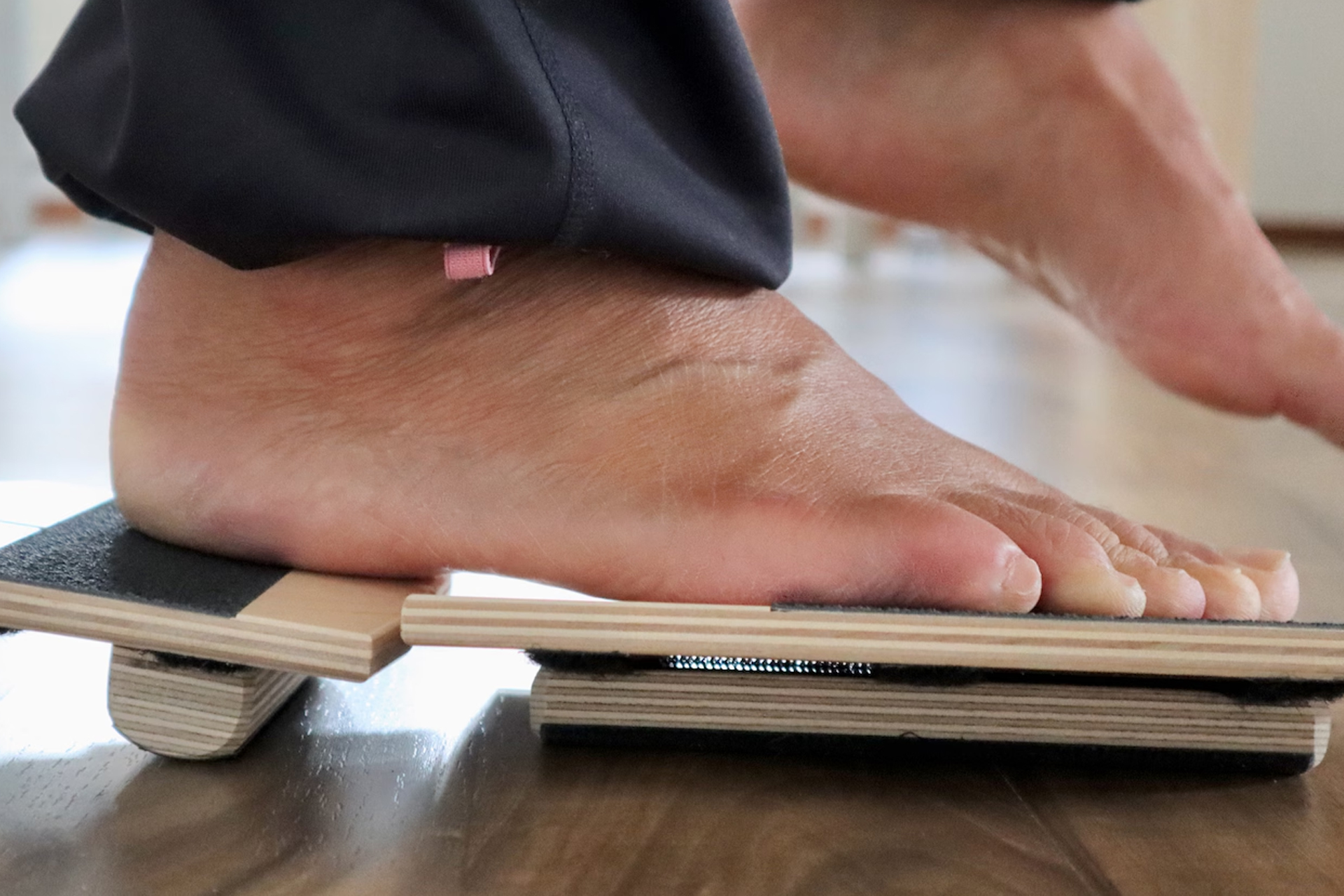
Make ankle-strengthening exercises a regular part of your routine. They’re your first line of defence against tendon troubles. Before you dive into any activity, take the time to warm up properly – your tendons will thank you for it. Lastly, if you’re dealing with any biomechanical quirks in your feet or ankles, don’t ignore them.
Consider getting fitted for orthotics to address these issues head-on. Following these steps gives your peroneal tendons the best chance to stay healthy and pain-free, keeping you in the game and off the sidelines.
Long-term Prognosis
With proper treatment and rehabilitation, most individuals with peroneal tendonitis can expect a full recovery. However, there is a risk of recurrence, especially if underlying biomechanical issues are not addressed. Ongoing ankle-strengthening exercises and proper footwear choices are crucial for preventing future episodes.
Peroneal Tendinopathy Exercises
A well-rounded exercise routine can work wonders when recovering from peroneal tendonitis. Start with the “ankle alphabet” — it’s as simple as it sounds. Use your toes to trace each alphabet letter in the air, giving your ankle a full range of motion workout.
Next, grab a resistance band for some eversion exercises, targeting those peroneal muscles directly. Remember balance – single-leg exercises not only challenge your stability but also improve your ankle’s proprioception, that sixth sense that helps prevent future injuries.
Finally, consider the power of a good old-fashioned calf raise. These simple yet effective exercises strengthen your lower leg muscles and support your ankles. By incorporating this mix of movements into your recovery routine, you’re not just healing—you’re building a stronger, more resilient foundation for your feet and ankles.
By understanding the causes, symptoms, and treatment options for peroneal tendonitis, athletes can take proactive steps to prevent this condition and ensure a swift recovery if it does occur. Always consult with a podiatrist for personalised advice and treatment.
Rehabilitating Your Peroneal Tendinitis with Sports Podiatry
Our sports podiatrists at The Foot Practice in Singapore specialise in rehabilitating injured peroneal tendons. Understanding peroneal tendonitis tear symptoms and their causes can help you identify this overuse injury before more serious complications develop. The more information you have on managing this condition, the quicker you can return to your sport.
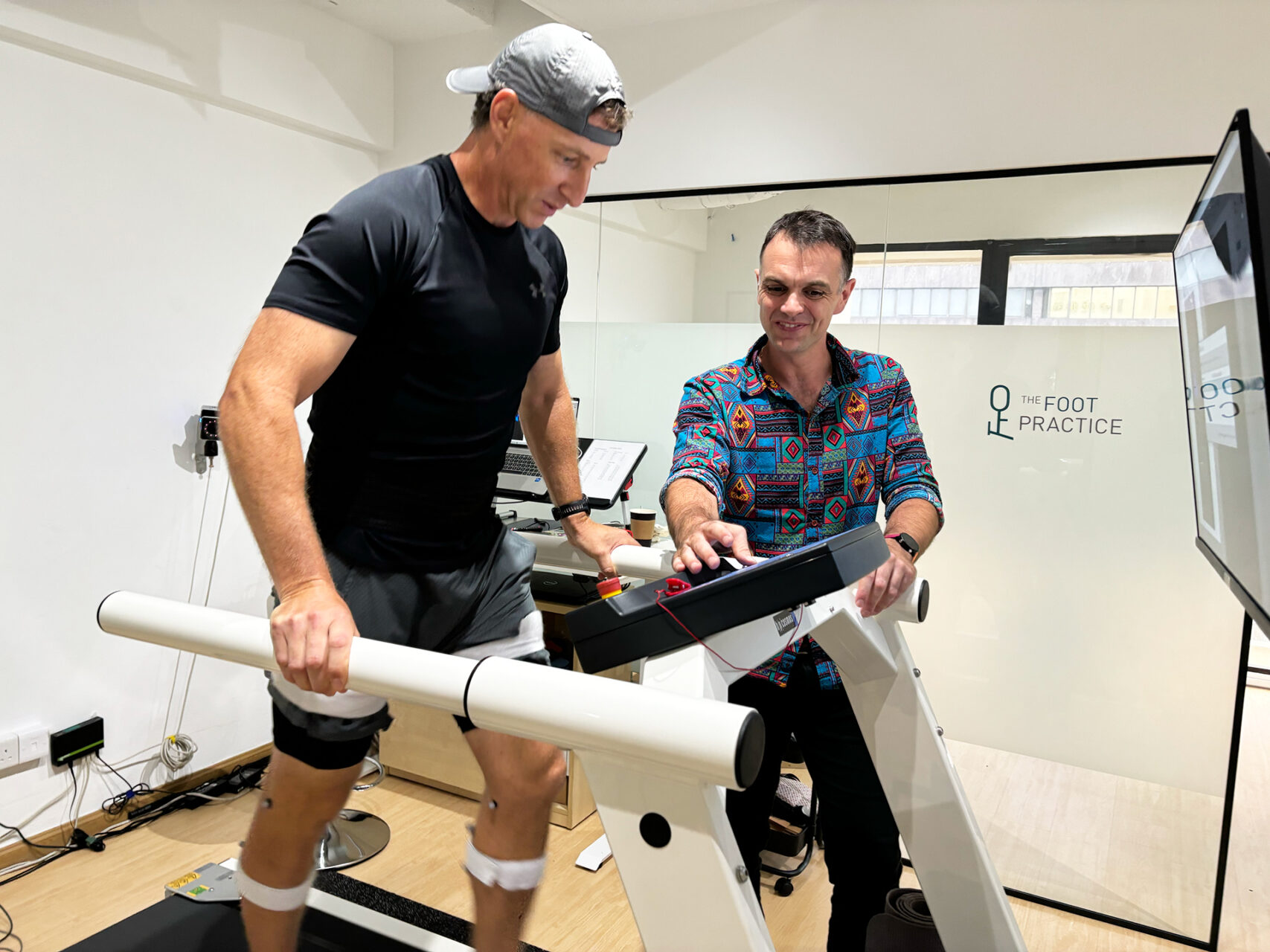
It’s important to note that treatment plans are individualised based on the severity of the condition and the patient’s specific needs. In some cases, more aggressive treatments may be necessary, such as immobilisation, physical therapy, or even surgery for severe cases or those who do not respond to conservative measures.
Early intervention is key to preventing chronic peroneal tendonitis and ensuring a full recovery. Don’t hesitate to contact us if you’re experiencing peroneal tendonitis symptoms or foot or ankle pain. The expert team at The Foot Practice is ready to provide you with a comprehensive evaluation and tailored treatment plan. Make an appointment today to take the first step towards recovery and return to your active lifestyle.


